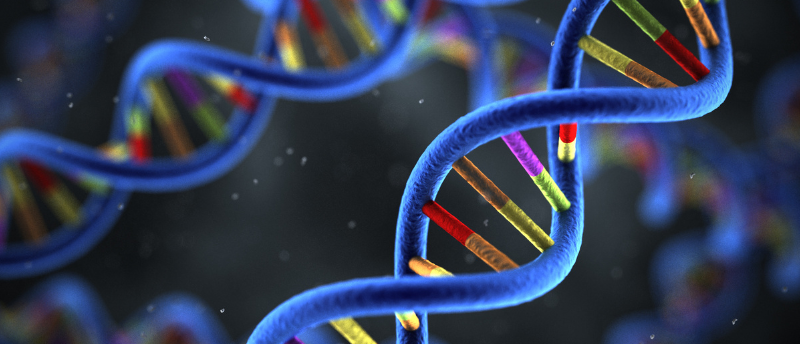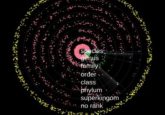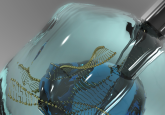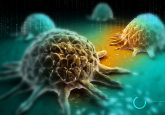Triplex origami folds double-stranded DNA with Hoogsteen interactions

Researchers have developed a method to program the spatial organization of double-stranded DNA by incorporating Hoogsteen interactions.
Researchers at Aarhus University (Denmark) have developed a general method to organize double-stranded DNA based on ’Hoogsteen interactions’, which could have promising implications for nanotechnology and gene therapies.
In nature, DNA is mostly double-stranded with both strands bound together by Watson–Crick interactions that allow the two DNA strands to recognize and pair up with each other. However, there is also a lesser-known interaction that can occur between DNA strands, known as normal or reverse Hoogsteen interactions. Hoogsteen interactions allow the formation of a triple-helical DNA structure, known as a triplex. This structure is formed when purine bases simultaneously pair using both their Watson–Crick and Hoogsteen interfaces, allowing a third strand to weave its way through an existing double DNA helix.
The researchers showed that the formation of these triple-stranded structures can be used to induce sharp bends in double-stranded DNA, ‘folding’ it into compact structures, which range from hollow 2D shapes to densely packed 3D structures. They even used this method to form a DNA structure that resembles a potted flower (see Figure 2f in the paper). The group, led by Kurt Gothelf, has named their method ‘triplex origami’.
 Gold nanoframework shows promise in cancer drug delivery
Gold nanoframework shows promise in cancer drug delivery
A porous framework made with gold nanoparticles targets cancer tumors with high precision, which could reduce the likelihood of harmful side effects.
Due to the comparative rigidity of double-stranded DNA, this method requires fewer starting materials than other DNA-based self-assembly methods, which means that larger structures can be formed at a lower cost. Triplex origami was also shown to be compatible with Watson–Crick-based folding methods.
Triplex origami is able to facilitate a level of artificial control over the shape of double-stranded DNA that was not previously possible, which opens up new areas of research. It could have implications in nanotechnology, as Gothelf explained “for the past four decades, DNA nanotechnology has almost exclusively relied on Watson–Crick base interactions to pair up single DNA strands and organize them into custom nanostructures. We now know what Hoogsteen interactions have the same potential to organize double-stranded DNA, which presents a significant conceptual expansion for the field.”
The researchers found that Hoogsteen-mediated triplex formation shields the DNA against enzymatic degradation and suggest that the triplex origami method could be beneficial in developing gene therapies. It has also been suggested that triplex formation is involved in the natural process of compacting genetic DNA, hence triplex origami could offer an insight into this process.
A key limitation of triplex formation is the requirement of DNA strands with long stretches of purine bases, meaning the researchers relied upon artificial DNA sequences. In the future, they will work on overcoming this limitation.





